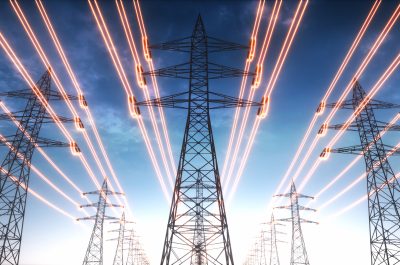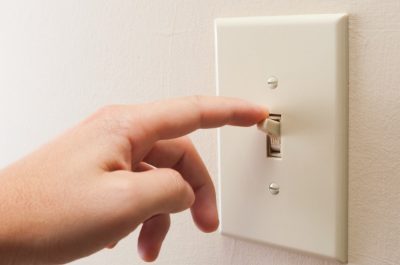Digital twin essential for capacity
NSW network provider Essential Energy has teamed up with critical infrastructure software company Neara to deliver a digital twin that enables Essential Energy to have eyes on every pole, wire and conductor in its network. Through AI-powered digital modelling and analytics, Neara is unlocking the capacity of the grid without the need for costly infrastructure build outs.
I love a sunburnt country,
A land of sweeping plains,
Of ragged mountain ranges,
Of drought and flooding rains.
I love her far horizons,
I love her jewel-sea,
Her beauty and her terror –
The wide brown land for me!
In the same year, Dorothea Mackellar was writing her poem in 1906, Australia was on the move. The first electric trams began running in Melbourne between St Kilda and Brighton. The town of Roma, Queensland became the first town in Australia to be lit and powered by natural gas. We were industrialising and quickly. Our appetite for power was increasing and more and more cities and towns across Australia needed safe ,reliable power.
Dorothea Mackellar’s famous poem paints a picture of Australian landscape that rings true. Expansive, an arid center, a rugged dividing range and a green lush eastern coast that gives way to sun-bleached sandy beaches. Bushfires and floods have been a part of our environment for millennia.
Imagine then running electricity poles and wires across this wide and varied landscape.
NSW network service provider Essential Energy is doing just that. Essential Energy maintains and operates the electricity distribution network for much of NSW. It has a footprint that covers 95 per cent of the state (basically everything outside of the greater Sydney area) and services more than 900,000 homes and businesses.
With a network as expansive as this that runs through some of the most varied terrain in Australia, it is a significant challenge to have eyes on every pole, wire and conductor and to be able to understand them much better as individual assets and as an entire system
This is why Essential Energy partnered with Neara – a digital twin modelling software firm.
Neara created a 3D digital twin model of Essential Energy’s entire network and from there, analysed the operations of the network using state of the art technology and analytics software. The findings have been considerable.
When Dorethea Mackellar was writing ‘My Country’ power generally ran in one direction. Power was generated, it travelled through some high voltage wires and transmission lines, was converted into low voltage and then into homes and businesses.
Nowadays power still runs in the traditional way, but can also run from where power is generated in homes from solar panels and fed back into the grid. If not managed correctly this can cause all sorts of congestion on the grid. (imagine driving the wrong way down a three lane highway).
This energy flow requires capacity in the network which is highly technical and highly regulated.
One of the factors in measuring capacity for overhead networks is that they are rated with a temperature rating. This determines the amount of current that can be run through the lines when combined with information about the mix of ambient temperature, sunshine, wind speed, how the network is constructed and the terrain the network passes over.
As electricity runs through the wires, the temperature of the line increases and the wires sag – this cannot exceed certain limits due to safety reasons. Assessing this temperature rating for all 1.4 million conductors is almost impossible to do manually. This is where the digital twin modelling comes in. It determines how tight the wires are strung, where they are attached to poles, the terrain and land use underneath the wires and importantly, the temperature the wires can reach before hitting a safety limit.
Networks have previously needed to make very conservative estimates about the temperature rating and therefore the capacity of their overhead lines. By implementing this 3D digital twin modelling, Essential Energy can determine the true temperature rating based on how the network has actually been constructed, which means that more informed decisions can be made based on the actual capacity of the overhead network-not the assumed capacity.
In the case of the Essential Energy, this large-scale analysis is validating that the capacity of the overhead network is up to double the previously assumed capacity.
While there are other considerations required when connecting to the network, this is good news for customers, as it means more solar generated on the rooftops of homes and businesses can be utilised and it reduces the need for costly infrastructure buildouts.
It’s also good news for the transition. Grid constraints have often limited the amount of clean energy generated by solar and wind farms that be pumped into the grid.
As the federal government increases its pressure on network businesses to do the heavy lifting in reaching net zero and to create a more carbon neutral service, it is innovations like this that will aid most in the transition.



